
Program Overview
Archaeological Studies
Build a tailored major from the ground up.
Photo credit: Jennifer Manna
Dig In and Study Diverse Pasts
More than 650 artifacts in the Oberlin Near East Study Collection, 1,600 in its Ethnographic Collection, and 10,000 plant specimens in the herbarium.
Oberlin in the World
Professor Amy Margaris’ current research engages ethnographic collections as platforms for dialogue and knowledge exchange between Indigenous communities, scientists, and Oberlin students.
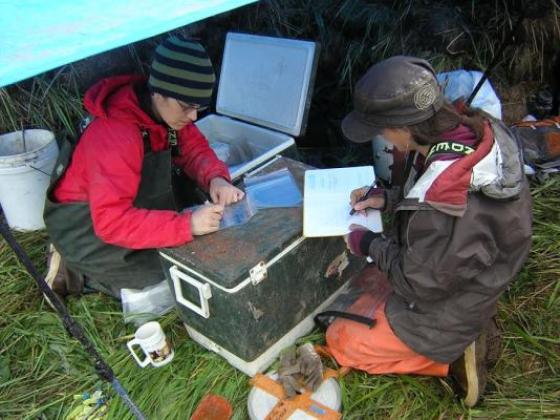
An average year features more than 5 field projects with an Oberlin student on its crew
Curation and Collections
Preserving artifacts and other specimens is central to archaeology and museums. ACHS students have opportunities to gain hands-on experience in object curation and study, both on and off campus.
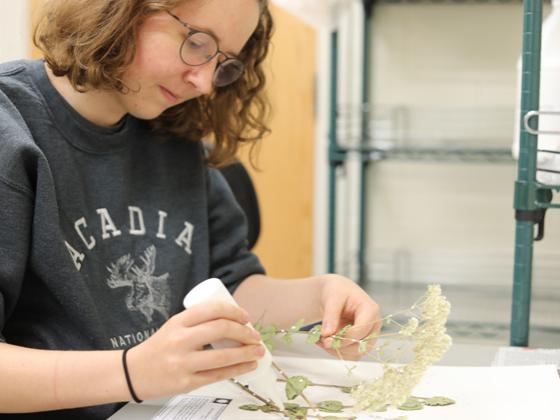
Undergraduate Research

Museums have an obligation to help address the historical wrongs done to Native communities by returning agency over their material culture.
Featured Courses
CLAS 351
Pompeii: Life and Afterlife
Buried by the eruption of Mt. Vesuvius in 79 CE, Pompeii is the best-preserved city from the ancient world. Replete with evidence from daily life, the site offers a time capsule of ancient Roman culture, preserving evidence from all aspects of life, from foodways to politics, and from religion to sex.
- Taught by
- Andrew (Drew) Wilburn
GEOL 152
Soils and Society
Soils are the basis for the formation of our societies - we need soil to grow crops and to have land for our animals to graze. However, our activities greatly alter the soils that we rely on, reducing our ability to productively use the land we live on. Through the use of case studies from regions around the world, students will learn the basics of soil science, hillslope geomorphology, and anthropogenic effects on these systems.
- Taught by
- Amanda Schmidt
ANTH 382
Archaeological Lab Methods
This is a hands-on course aimed at deepening your understanding of how archaeologists make meaning from the material record. Through an iterative process of reading, making, describing, and analyzing, you will critically engage with such media as stone tools, ceramics, textiles, geoarchaeological samples, and digital archives.
- Taught by
- Amy Margaris ’96
RELG 109
Jerusalem: Negotiating Sacred Space
An introduction to the history of Jerusalem and to the many and varied religious groups within Judaism, Christianity and Islam that have laid claim to its sacredness. Students will explore notions of sacred space as they find expression in sequential historical periods within Jerusalem. Weekly study topics include sacred cartography, apocalypticism, pilgrimage, and the role of archaeology in ‘uncovering’ and bolstering religious land claims.
- Taught by
- Cynthia (Cindy) Chapman
Student Profiles
Researching Biblical Archaeology
An archaeological studies and classical civilizations double major, Julian Hirsch ’20 has been digging into Oberlin’s Near East Study Collection featuring artifacts from 16,000 B.C.E. to the present.
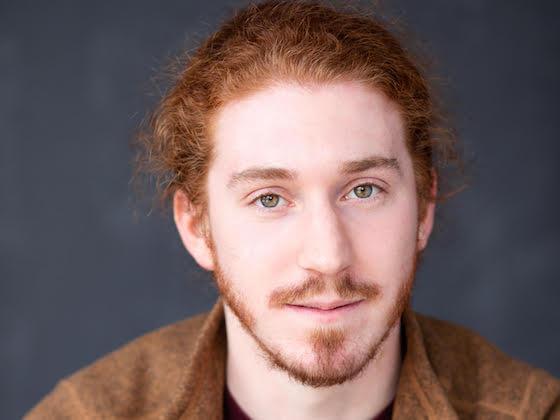
Archaeology in Action
At Oberlin, Susanna Faas-Bush, ’18 helped to cofound the Oberlin Archaeology Society while pursuing research into the ancient world. She is now a PhD student at UC Berkeley.
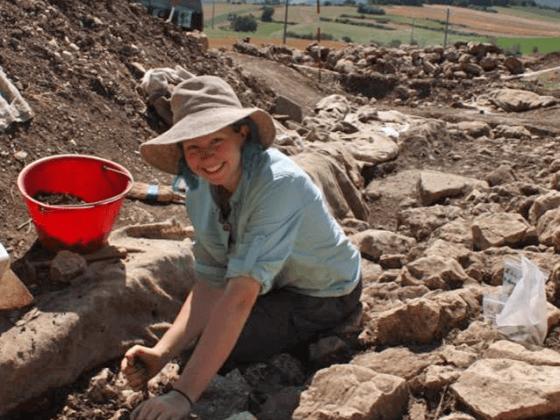
Using Artifacts to Tell Stories
At Oberlin, Christian Bolles ’18 combined his interest in archaeology with work as a student journalist and coeditor of The Oberlin Review. “The archaeological truth is incredibly malleable,” he says, “but that’s what I love about it.”
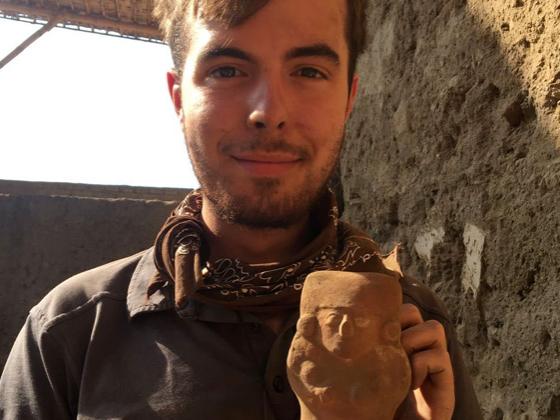
Upcoming Archaeological Studies Events
Archaeological Studies Program Open House
Details: Date, Time, and Location
-
Time
3:00 pm to 5:00 pm EDT -
Location
Rice Hall
What Does Archaeology at Oberlin Look Like?

As part of a winter term project, ACHS students catalogued Oberlin’s Herbert G. May teaching collection, including objects from ancient Israel and the larger ancient Near East.
Photo credit: Marissa Camino

In Professor Amanda Schmidt’s lab, students explore the intersection between human activity and surface processes, including soil erosion.
Photo credit: Tanya Rosen-Jones ’97

Archaeology and Geology student Allen Tao works with one of the college’s many natural history collections.
Photo credit: Jennifer Manna

Geoarchaeology students lounging at Stonehenge, UK during the spring 2019 Oberlin-in-London course co-taught by Zeb Page and Amy Margaris.
